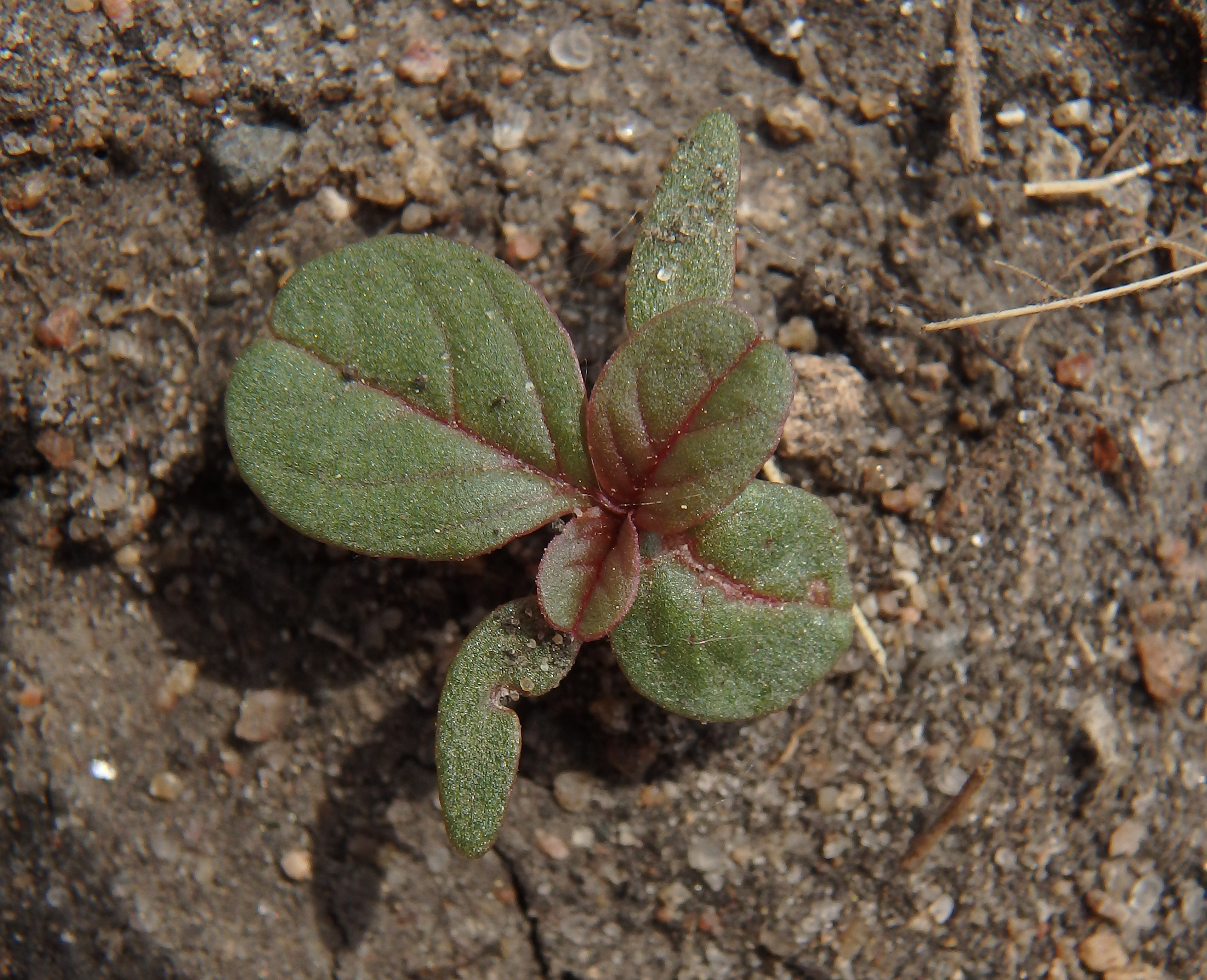About Herbicide Resistance
Herbicide resistance is the inherited ability of a plant to survive and set seed after experiencing a normally lethal dose of herbicide.
In Canada, there are 68 weeds species with known herbicide resistance, ranking us in third place worldwide for the most herbicide-resistant (HR) species next to Australia with 92 and the United States with 164. These numbers have increased dramatically and are expecting to continue increasing under current management practices.
In Manitoba, there are 14 species with known herbicide resistance – green foxtail, kochia, wild oats, wild mustard, common hemp nettle, redroot pigweed, field pennycress (aka stinkweed), false cleavers, common chickweed, powell amaranth, pale smartweed, yellow foxtail, barnyard grass and shepherd’s purse. Eleven of these weeds are reported in the international herbicide-resistant weed database. HR yellow foxtail, barnyard grass and shepherd’s purse, not listed in this databased, were reported in the 2016 weed survey. Assuming the tall waterhemp plants found in Manitoba also have some type of resistance (status to be determined), that brings us to 15 HR weed species.
Scouting Tips
- Assess fields 14-21 days after herbicide application.
- Look for weeds that have not been killed by herbicide. If these weeds were sprayed at the correct stage for control and herbicide was applied at the correct rate under the right conditions, suspect resistance and take additional steps to confirm or deny.
- Look for variability in herbicide efficacy within a small area, where there is no specific pattern caused by a sprayer miss, nozzle issue or environmental issue.
- If you suspect herbicide resistance, contact us for more information on laboratory testing and next steps.
Ones to Watch
- Kochia – Glyphosate resistance has been confirmed in 12 municipalities in Manitoba and is expected to be a growing concern. Kochia plants are prolific seed-producers and have the ability to travel long distances. Laboratory testing is available for glyphosate-resistant kochia through the Pest Surveillance Initiative lab. Samples must be collected following a specific protocol:
- Take photos of suspect plants and collect GPS coordinates
- Keep samples from each kochia plant separate from one another
- Collect the top 2-3 inches of each branch using scissors from a minimum of 5-8 plant tips
- Place in a ziploc bag labeled with the date, GPS coordinates, legal land description and the R.M.
- Wild oats – Resistance to six different modes of action in Manitoba (Groups 1, 2, 8, 14, 15 and 25), making us a global leader in wild oat herbicide resistance. Group 1 resistance was first confirmed in the early 1990s and levels have continually increased. According to the 2016 weed survey, over 75% of fields with wild oats had group 1 resistance. It is predicted that glyphosate resistant wild oats may soon be present in Western Canada.
- Redroot pigweed – Group 2 resistance is expected to be a growing concern. The 2016 weed survey confirmed only one in 22 fields had group 2 resistant redroot pigweed. In 2018, it was confirmed in four out of five fields that were tested. The next weed survey is set to take place in 2019. This is particularly concerning due to the lack of other control options in pulse crops.
Adapted from the Pulse Beat article “Herbicide Resistance in Manitoba” by Tammy Jones, Manitoba Agriculture.
ADDITIONAL RESOURCES
2016 Manitoba General and Herbicide-Resistant Weed Survey – Pulse Beat: Science Edition Issue 2 article
International Survey of Herbicide-Resistant Weed Database
Manitoba: Weeds to Watch For – Manitoba Agronomists Conference Poster by Tammy Jones and Dr. Rob Gulden (University of Manitoba)

